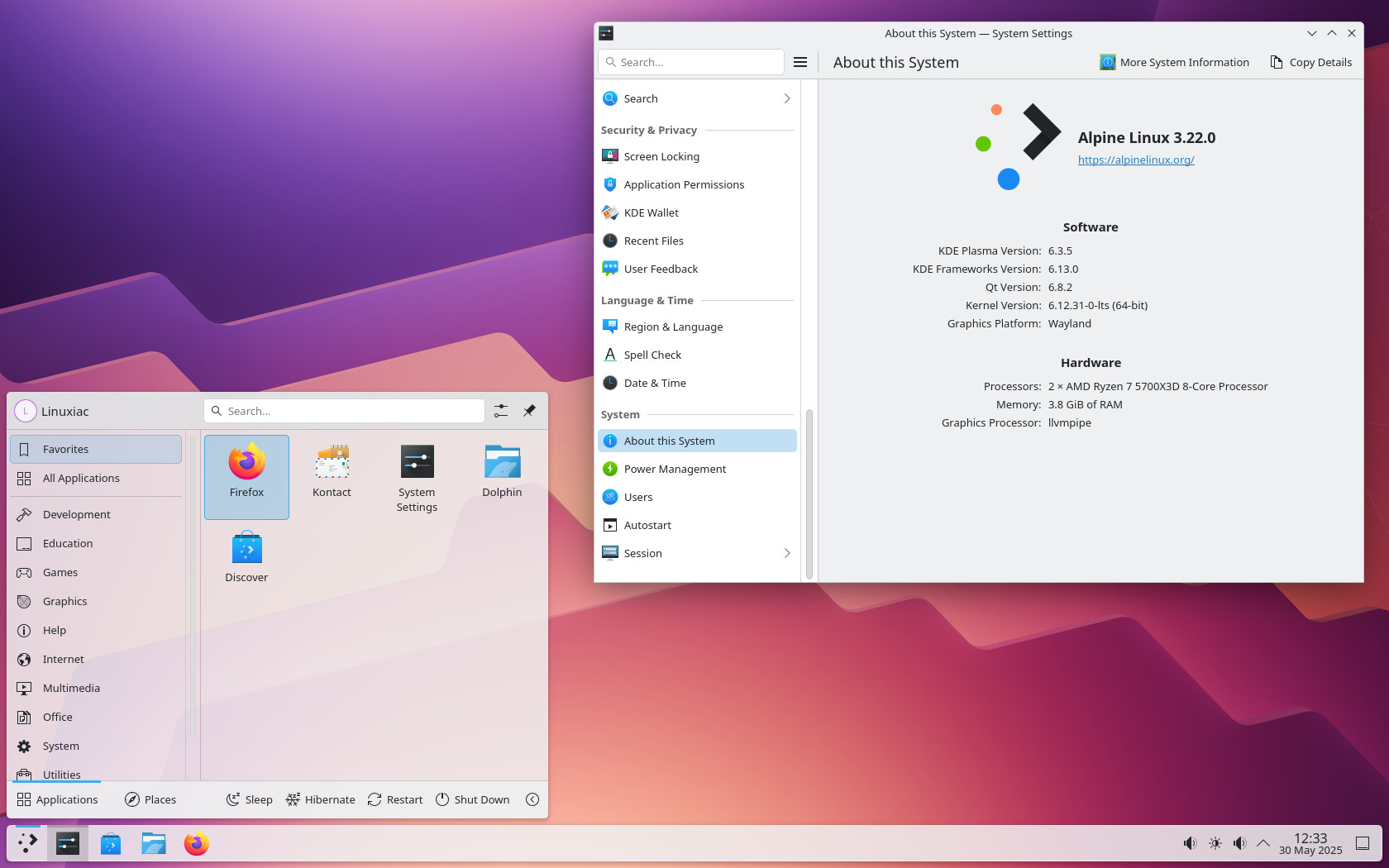Google’s upcoming Pixel 10 series is set to bring several key changes under the hood, including the transition to the Tensor G5 chipset produced by TSMC and a switch from Samsung’s foundry modems to the MediaTek T900 modem. This marks the end of Exynos modem use in the Pixel lineup.
Despite the modem switch, a teardown of Google’s Adaptive Connectivity Services app confirms that the Pixel 10 phones will retain their satellite SOS emergency capabilities. The code reveals that the Pixel 10 (codename GLBW0), Pixel 10 Pro (G4QUR), and Pixel 10 Pro XL (GUL82) will continue to support satellite connectivity, ensuring safety features remain intact. While the Pixel 10 Pro Fold is not currently listed, it may be included in future updates.
- HyperOS 3 Leak: Xiaomi Prepares System-Wide AI and Camera Enhancements
- TECNO Spark Slim 4G & 5G Global Launch Confirmed with Curved AMOLED Display and 5,060mAh Battery
- Vivo Y500 5G Debuts with 8,200mAh Battery, 90W Fast Charging, and Military-Grade Durability
- OPPO Find X9 Ultra with 200MP Periscope Camera and 7,000mAh Battery to Launch in Q1 2026
- OPPO F31 Series Set to Launch in India This September with 7,000mAh Battery and Rugged Design
Color options for the Pixel 10 series have also leaked. The base Pixel 10 will be available in Obsidian, Blue, Iris, and Limoncello, while the Pixel 10 Pro and Pro XL models come in Obsidian, Green, Sterling, and Porcelain variants, offering a diverse palette to suit different tastes.
Pricing details indicate the Pixel 10 starts at $699 (around HK$5,442), the Pixel 10 Pro at $899 (approx. HK$7,020), and the Pixel 10 Pro XL at $999 (about HK$7,782).
The Pixel 10 series is shaping up to deliver refined performance and connectivity while maintaining important emergency features, making it a promising option in the premium smartphone market.
For more updates on Google Pixel and other smartphone launches, visit PassionateGeekz.




















